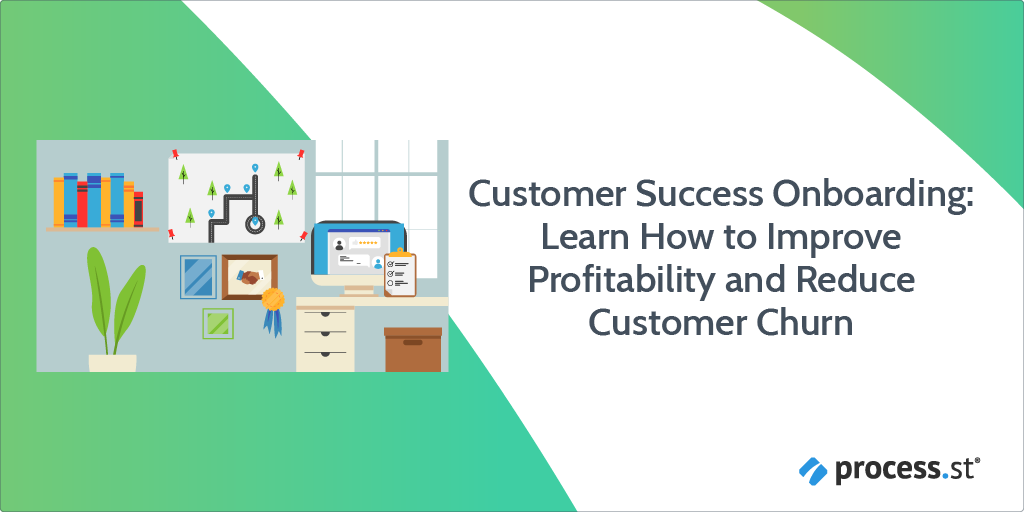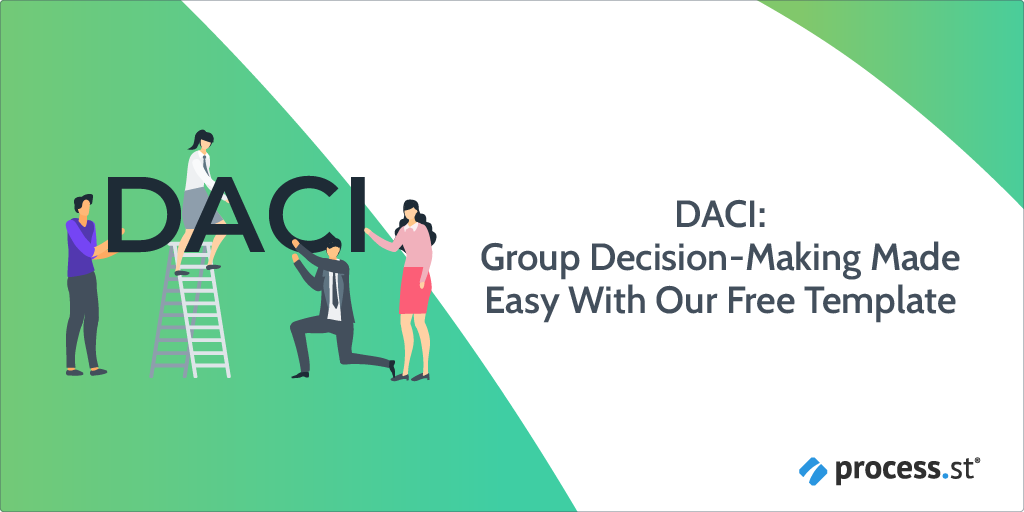 You are an HR leader at an executive search firm and you have landed a big client, who has agreed to kick-off a retained search with your company. What’s your next move?
You are an HR leader at an executive search firm and you have landed a big client, who has agreed to kick-off a retained search with your company. What’s your next move?
Who am I to know anything about executive retained search? Well, I am an ex-associate from one of the top executive recruiting firms in the industry. In an article from the Economist about corporate headhunters, it was said that:
“Nobody has ever studied to become a headhunter but the profession is becoming more diverse. Those serving in its ranks include ex-engineers, a former Olympic gymnast…”
– and me, a former visual artist and administrative assistant. Working in executive search, I developed a deep understanding of how each role on the search team can greatly influence the quality and success of the retained search.
The executive search business has been operating since the first World War, through the 1940s. According to AESC (The Association of Executive Recruiting Consultants), it’s likely that Thorndike Deland formed the concept of executive search back in 1926 when he founded the first retained executive recruiting firm.
Meaning, the executive retained search industry has been evolving for over 90 years and will continue to evolve with the digital revolution. Although, there are elements of the retained search business that will remain constant, like the drive to deliver the highest quality service.
I believe it’s crucial for everyone on the executive retained search team to understand how they fit together within the retained search process. However, to impact the performance of your retained search, you have to work on the system. 94% of problems and opportunities for improvement belong to the system, not the individual.
In this post, you’ll learn the difference between a retained search and a contingent search, how to optimize the retained search process (based on my personal experience and reports backed up by leading firms in the industry), and how to maximize the efficiency of your process, especially in the era of remote work (using digital tools like Process Street).
Continue Reading








 Workflows
Workflows Forms
Forms Data Sets
Data Sets Pages
Pages Process AI
Process AI Automations
Automations Analytics
Analytics Apps
Apps Integrations
Integrations
 Property management
Property management
 Human resources
Human resources
 Customer management
Customer management
 Information technology
Information technology








 A recent Deloitte study found a mere
A recent Deloitte study found a mere 
 You are an HR leader at an executive search firm and you have landed a big client, who has agreed to kick-off a retained search with your company. What’s your next move?
You are an HR leader at an executive search firm and you have landed a big client, who has agreed to kick-off a retained search with your company. What’s your next move? 